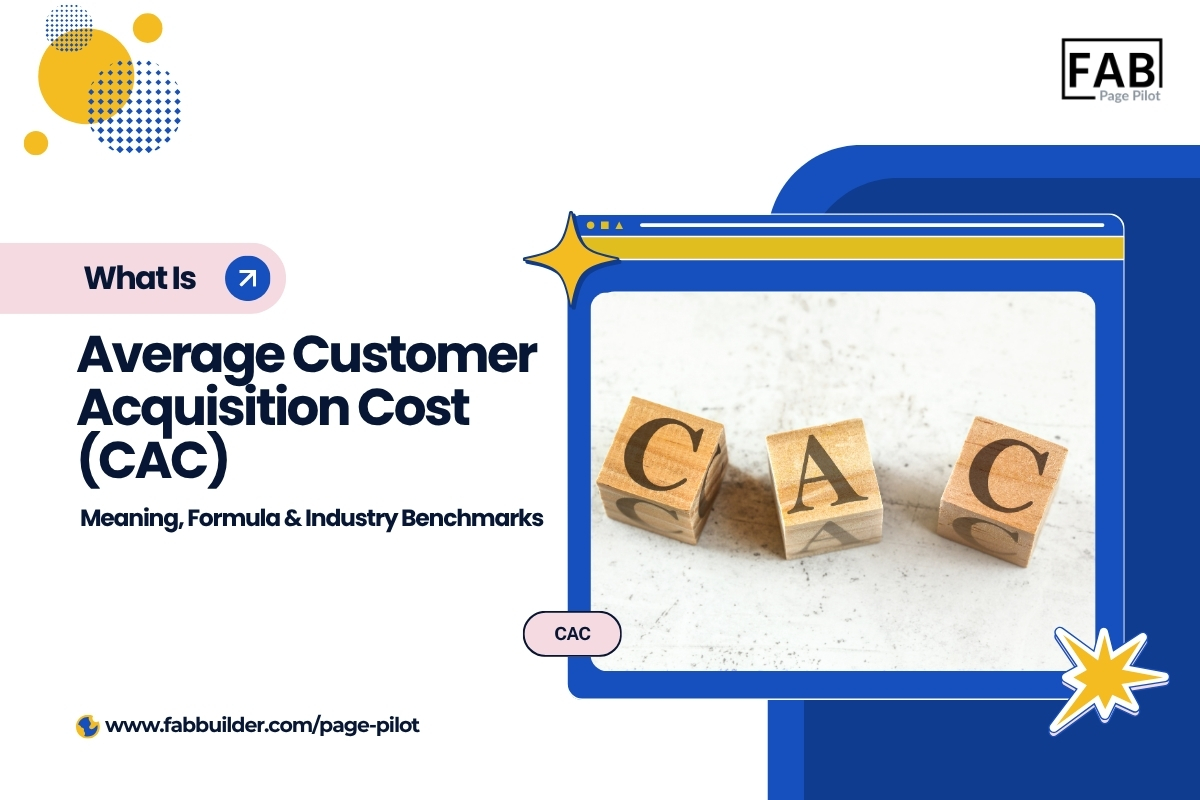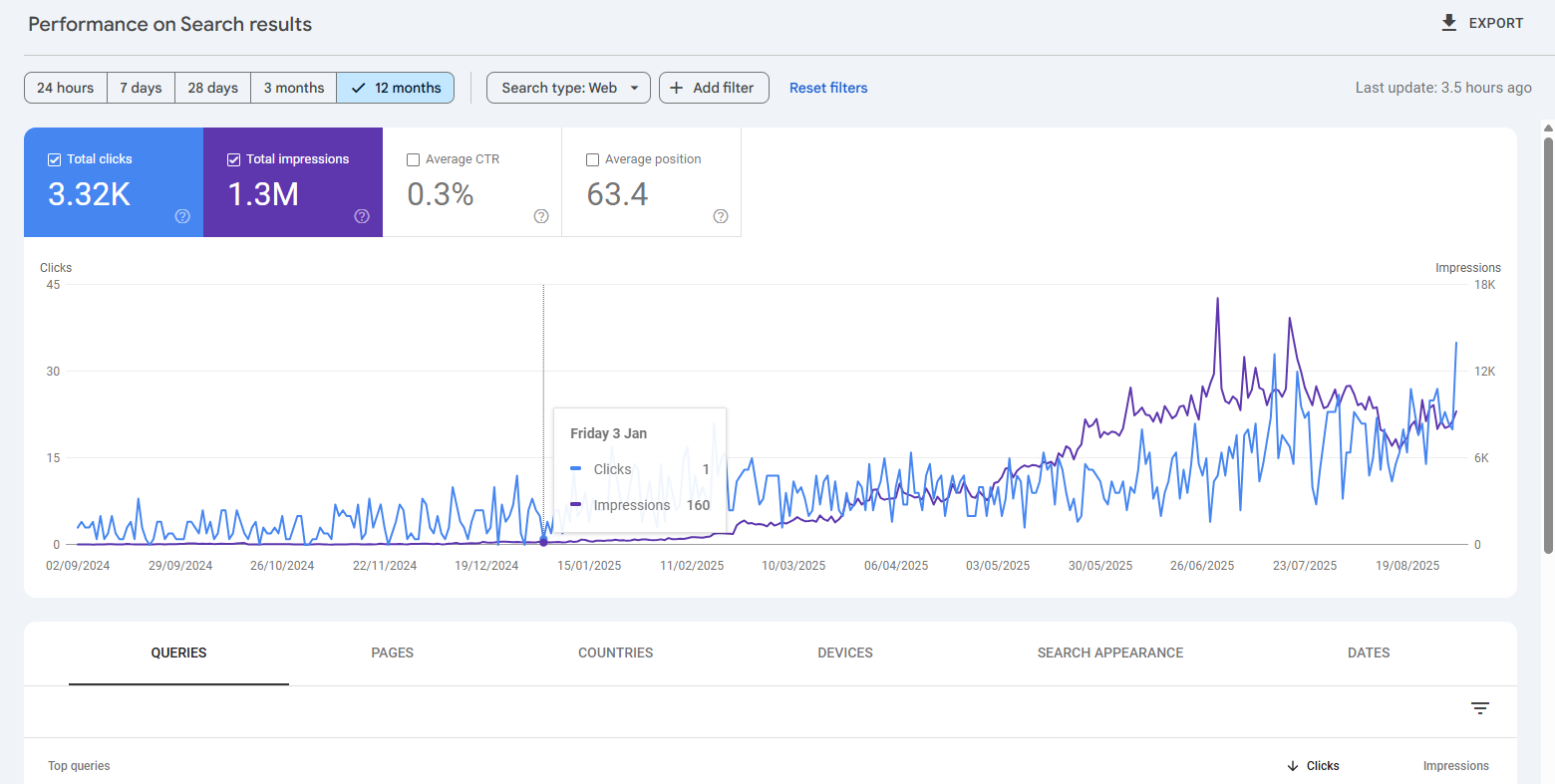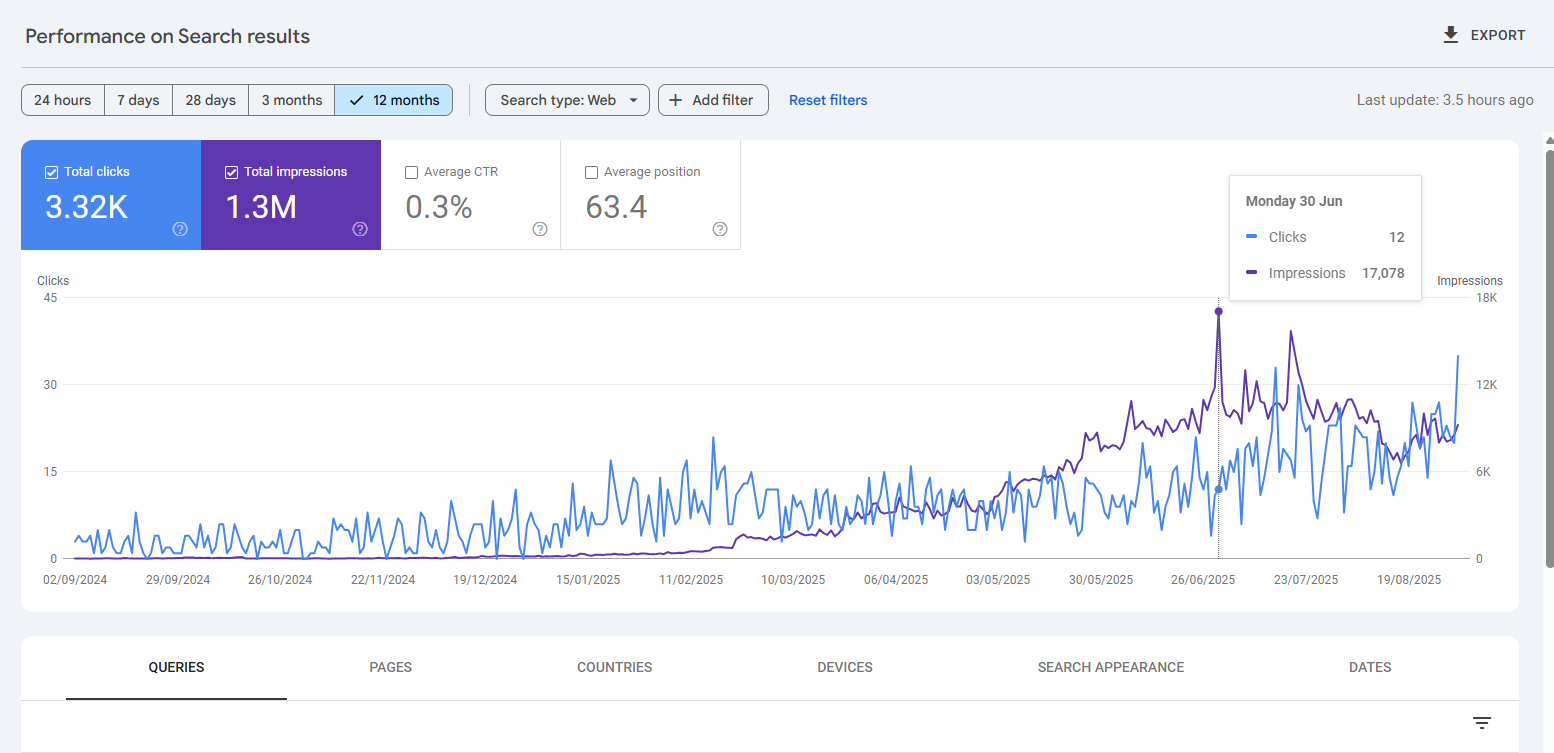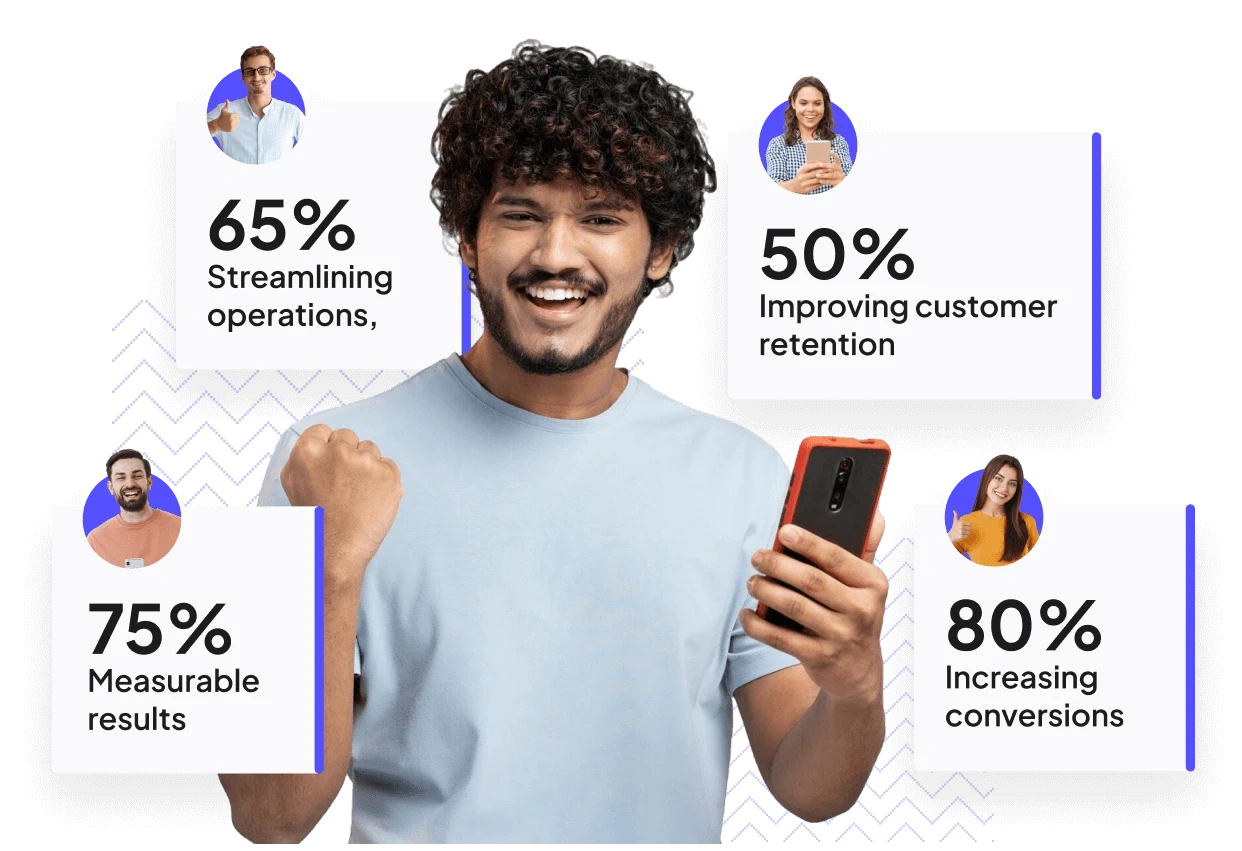This customer has generated a humongous about of traffic to his site only by useing Page Research modelling feature from FAB Builder Page Pilot
This is how when a customer connects Page Analytics and AI assistance together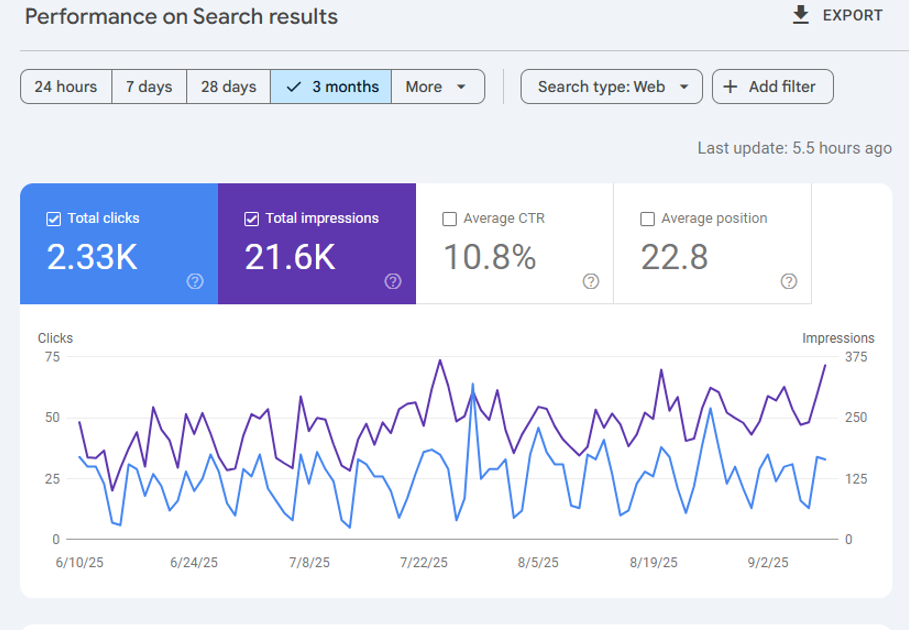 |
Frequently Asked Questions
What is Customer Acquisition Cost (CAC)?
Customer Acquisition Cost (CAC) is the total amount a business spends to acquire a new customer. It includes all marketing, sales, and operational expenses used to turn a lead into a paying customer.
How do you calculate Average Customer Acquisition Cost?
The formula for calculating CAC is simple:
CAC = Total Sales and Marketing Expenses ÷ Number of New Customers Acquired.
This gives you the average amount spent to bring in one new customer during a specific period.
What is a good average CAC?
A good CAC varies by industry, but ideally, your Customer Lifetime Value (LTV) should be
What factors increase customer acquisition cost?
Common reasons for a higher CAC include:
- Poor audience targeting
- Inefficient marketing channels
- Low conversion rates
- Weak onboarding experience
- High customer churn
How can I reduce my average customer acquisition cost?
You can lower CAC by:
- Refining your targeting and messaging
- Using AI-based analytics for campaign optimization
- Offering a personalized onboarding experience
- Improving retention through loyalty programs
- Automating marketing workflows
Does personalized onboarding impact CAC?
Yes. Personalized onboarding helps users find value in your product faster, reducing churn and increasing conversion from free trials — effectively lowering your CAC over time. Platforms like Page Pilot enable businesses to build no-code onboarding flows that improve activation and retention rates.
